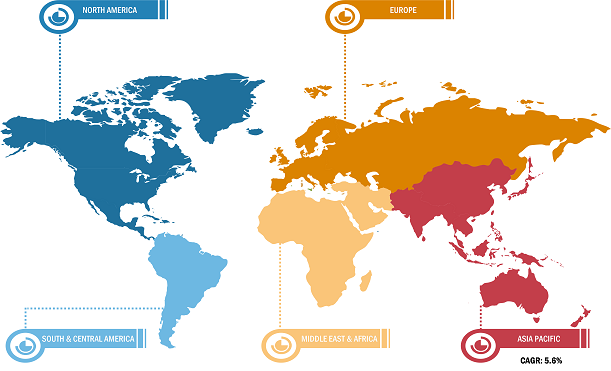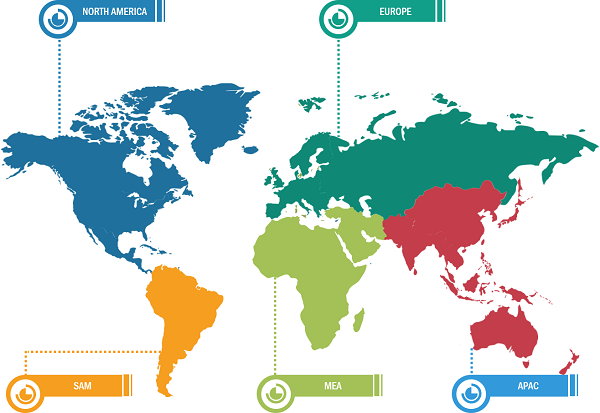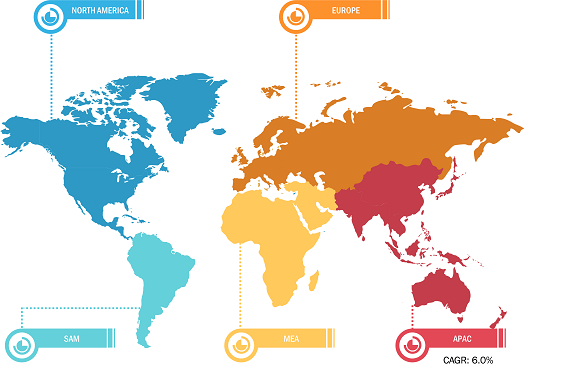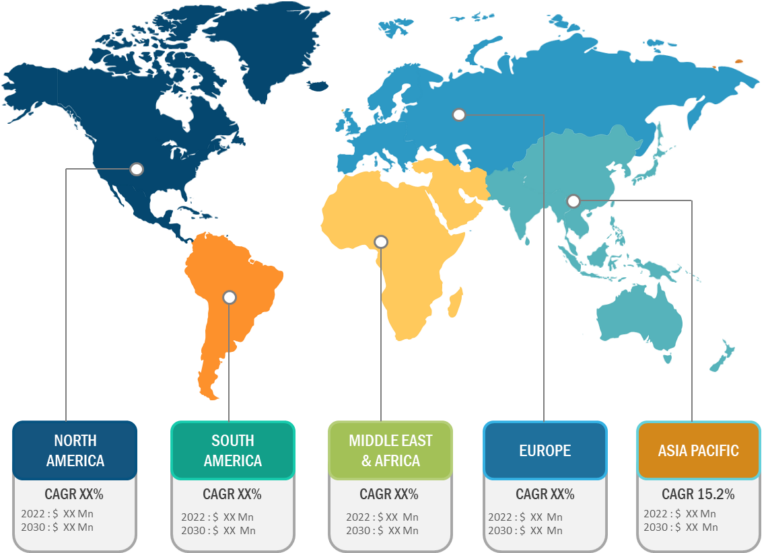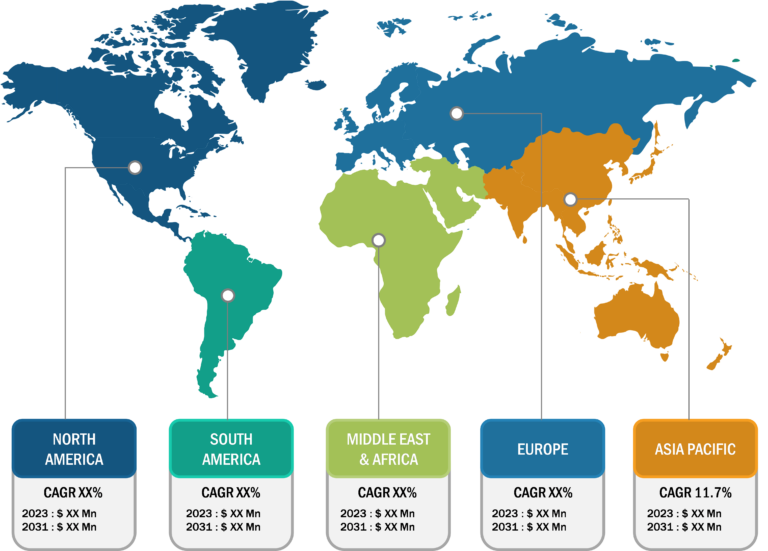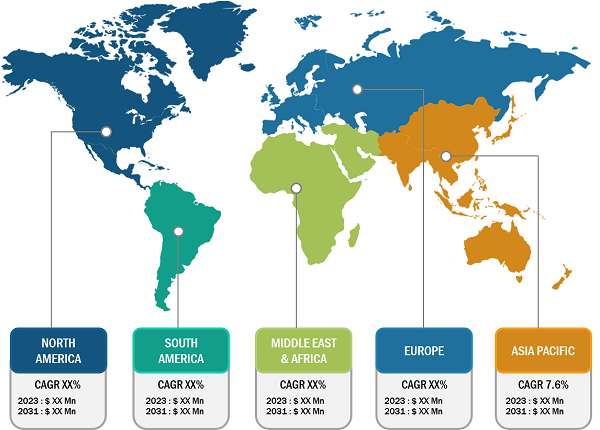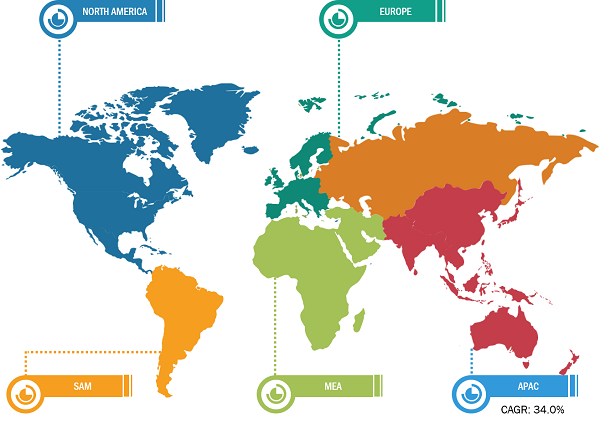
Nonwovens for Energy Applications Market
Major automotive companies are investing substantially in the development and production of fuel cell vehicles. Companies such as Toyota, Hyundai, and Honda are leading companies with plans to expand their fuel cell vehicle lineups. In February 2024, Honda launched a plug-in hydrogen fuel cell vehicle in the US. Honda plans to sell only 100% zero-emission models by 2040. Those vehicles will be a combination of battery electrics and hydrogen fuel cell electrics. The development of hydrogen refueling infrastructure is critical for the wide adoption of fuel cell vehicles. According to the Chinese government report published in 2023, the number of charging stations for electric vehicles increased at a rapid pace in China in 2022. The country reported the presence of 5.21 million charging stations by the end of 2022, including over 2.59 million that were built in 2022. As per the Ministry of Economy, Trade and Industry (Japan), the country marked the presence of 181 hydrogen stations as of 2023. Therefore, the surge in demand for fuel cell vehicles drives the demand for nonwovens for energy applications.
In 2022, Asia Pacific remained the world’s largest wind energy market, with China contributing 87% of its capacity additions. Europe witnessed record onshore wind installations in 2022, which helped boost the region’s share in new wind power capacity addition from 19% in 2021 to 25% in 2022. In addition, South America increased its market share in 2022 by 1%, owing to increased wind installations in Brazil. As per the report by the Global Wind Energy Council, the overall new capacity of 17 GW is expected to be added between 2023 and 2027, of which 5.3 GW will be recorded from South Africa, 3.6 GW from Egypt, 2.4 GW from Saudi Arabia, and 2.2 GW from Morocco. Nonwoven separators are crucial in advanced battery technologies, as these separators improve safety, performance, and longevity for integrating renewable energy into the grid. Thus, the increasing demand from the renewable energy sector drives the nonwovens for energy applications market.

Nonwovens for Energy Applications Market: Segmental Overview
Based on type, the nonwovens for energy applications market is segmented into carbon fiber, titanium fiber, and others. In 2023, the carbon fiber segment held the largest market share, and it is expected to record a significant CAGR during the forecast period. Carbon fiber composites consist of carbon fiber as reinforcement material and polymer as a matrix material. Carbon fiber has distinct characteristics, including strength, low density, lightweight, and design flexibility. The porous transport (PTL) and gas diffusion layer (GDL) in fuel cells are mainly carbon fiber. Also, carbon fiber is one of the most important materials of gas diffusion layer (GDL) in proton exchange membrane fuel cells (PEMFCs). GDL is water-repellent carbon paper coated with a microporous layer and is a key component for polymer electrolyte fuel cells, providing high electrical and thermal conductivity and corrosion resistance. Further, carbon fiber offers excellent features, making it a highly preferable material for fuel cell electrodes and other battery electrode applications in wind energy. Further, the titanium fiber segment is another attractive segment of the nonwovens for energy applications market. In fuel cells and electrolyzers, titanium fiber can be utilized at the anode or cathode as the diffusion medium. The porous transport layer (PTL) made of nonwoven titanium fiber is one of the thinnest products used as the anode diffusion media in standard proton exchange membrane (PEM) electrolyzers. Titanium fiber-based electrodes are mainly used in standard PEM electrolyzers as the flow field or diffusion material, especially on the oxygen (anode) side. A titanium fiber-based porous transfer layer also provides electrical contact between the anode catalyst layer and the bipolar plate or current collector component at the anode.
Based on application, the nonwovens for energy applications market is segmented into battery, fuel cell gas diffusion layer (GDL), PTL, and wind energy. The fuel cell gas diffusion layer (GDL) segment held the largest share of the global nonwovens for energy applications market in 2023 and is expected to record a significant CAGR during the forecast period. Carbon nonwoven is widely used as a substrate for fuel cell gas diffusion layer (GDL). The gas diffusion layer is a thin, porous layer positioned between the electrode and reactant gas flow field in fuel cells or electrolyzers. Nonwoven used in the gas diffusion layer is responsible for water management as well as providing structural support and reactant transport. The substrate made of nonwoven is one of the critical components for performance in fuel cells, and acts both as the functional and the supporting structure for membrane electrode assembly.
Nonwovens for Energy Applications Market: Competitive Landscape
Technical Fibers Products, Tex Tech Industries Inc, Freudenberg Group, SGL Carbon SE, Lydall Inc, AstenJohnson Inc, Hoftex Group AG, DeatexGroup S.r.l., Sandler AG, and Glatfelter Corporation Sontara are among the key players operating in the global nonwovens for energy applications market. Players operating in the market focus on providing high-quality products to fulfill customer demand.

